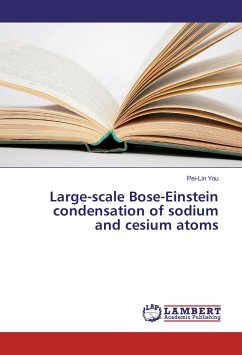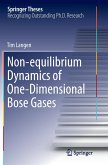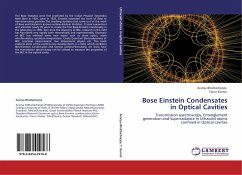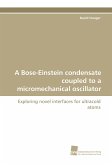Because of their unique property of bringing pure quantum effects into the real world scale, phase transitions towards condensed phases have always fascinated scientists. Bose-Einstein condensation (BEC), appearing upon cooling a gas of bosons below a critical temperature, has been given a striking demonstration in dilute atomic gases at temperatures below 200nK. By confining photons in a semiconductor microcavity, and strongly coupling them to electronic excitations, one may create polaritons. These bosonic quasi-particles are billion times lighter than rubidium atoms, thus theoretically allowing a BEC at standard cryogenic temperatures. Here we present experiments giving compelling evidence for a BEC of polaritons. Above a critical density, we observe massive occupation of the ground state, developing from a thermalized distribution of the polariton population at (16-20) K. The spontaneopus onset of a coherent state is manifested by the increase of temporal coherence, build-up of spatial long-range order and the reduction of the thermal noise observed in second order coherence experiments. All of these indicate spontaneous onset of a macroscopic quantum phase.
Bitte wählen Sie Ihr Anliegen aus.
Rechnungen
Retourenschein anfordern
Bestellstatus
Storno








